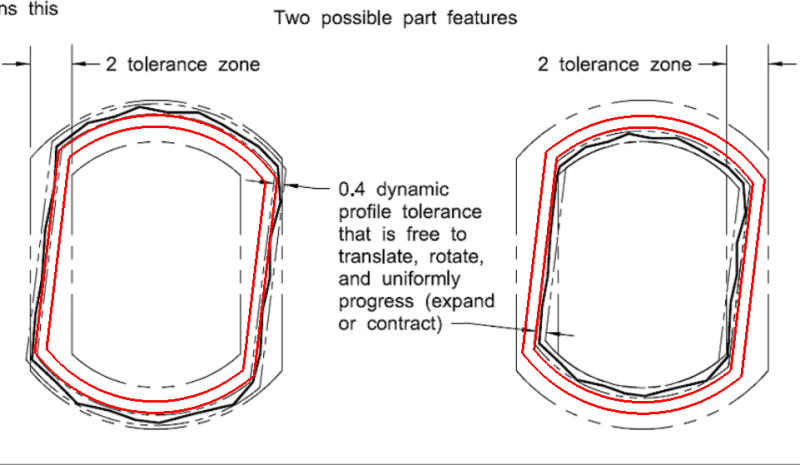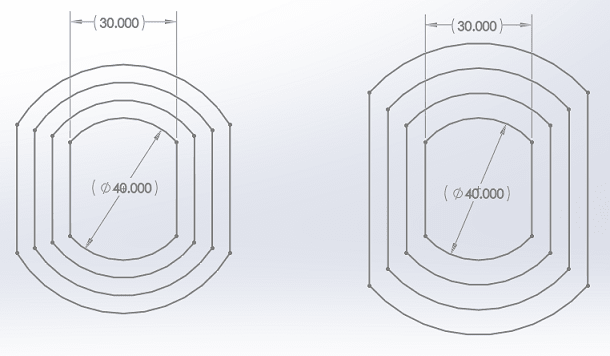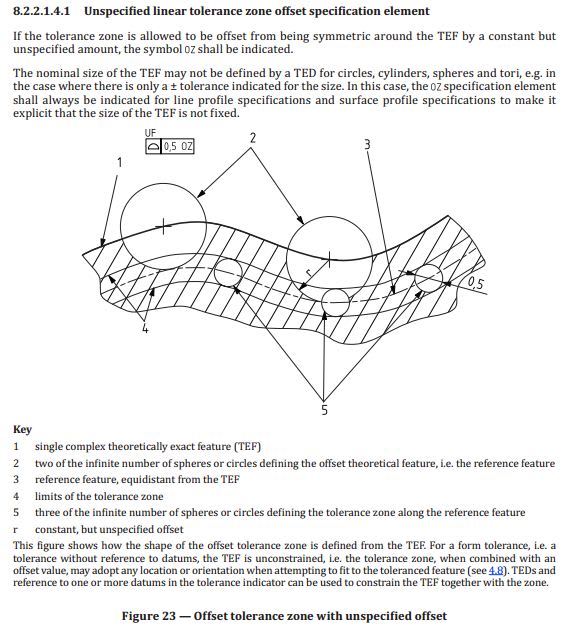SeasonLee
Mechanical
- Sep 15, 2008
- 918
Hello All
Please ref to the snap shot below, this is from Y14.5-2018 Figure 11-35, I'm interested to know what will be the differences by removing the Dynamic Profile Modifier from the lower segment.

Thanks in advance
Season
Please ref to the snap shot below, this is from Y14.5-2018 Figure 11-35, I'm interested to know what will be the differences by removing the Dynamic Profile Modifier from the lower segment.

Thanks in advance
Season



